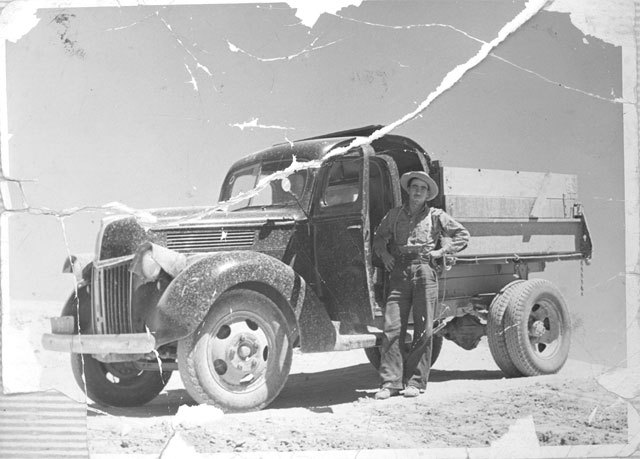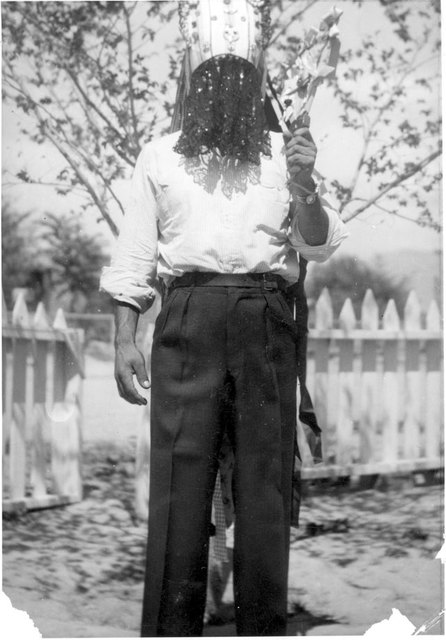Road To Somewhere: Tijeras Canyon, The Sandia Mountains—And La Madera Road
Tijeras Canyon, The Sandia Mountains—And La Madera Road


A Matachine dancer in San Antonio, NM, in the 1920s
Towns of the Sandia Mountains Project








